Which animal has the largest ears?
Relative to body size?
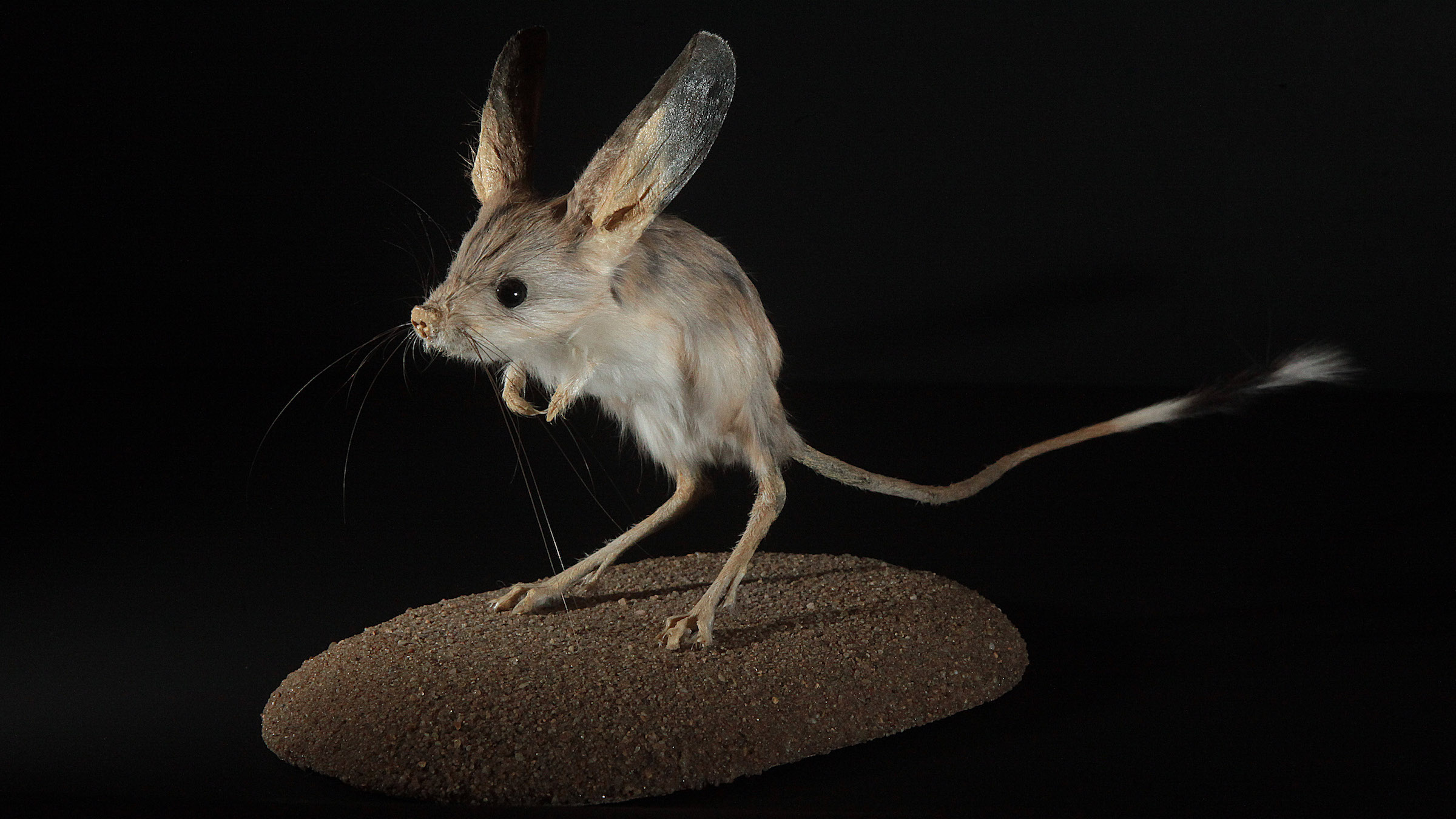
Which animal has the largest ears? You might think it's the elephant, and you'd be right — sort of. As the largest living land animal, the African elephant does have the biggest ears of any living animal, according to Mary Ellen Holden, a zoologist and mammalogist at the American Museum of Natural History in New York City. But the creature with the largest ears relative to the size of its body is the long-eared jerboa (Euchoreutes naso), a nocturnal, insect-eating rodent that lives in the deserts of China and Mongolia.
The long-eared jerboa (rhymes with Samoa) measures about 4 inches (10 centimeters) from head to rump (not counting its long tail). Its ears, measuring 1.5 to 2 inches (3.8 to 5 cm) long, are 40% to 50% the length of its body.
"It has the longest ears relative to its body size in the entire animal kingdom," Holden told Live Science. For comparison, the ears of the African elephant average nearly 4 feet (1.2 m) in length, according to Holden, but that's only about 17% of their body length, which averages about 20 to 25 feet (6 to 7.5 m).
Related: Why are ears shaped so strangely?
In 2007, the long-eared jerboa, which has rarely been seen on camera, made the news with a video taken during a Zoological Society of London trip to the Gobi Desert in Mongolia. The critter is "a bit like the Mickey Mouse of the desert," expedition leader and conservation biologist Jonathan Baillie said, according to the video description.
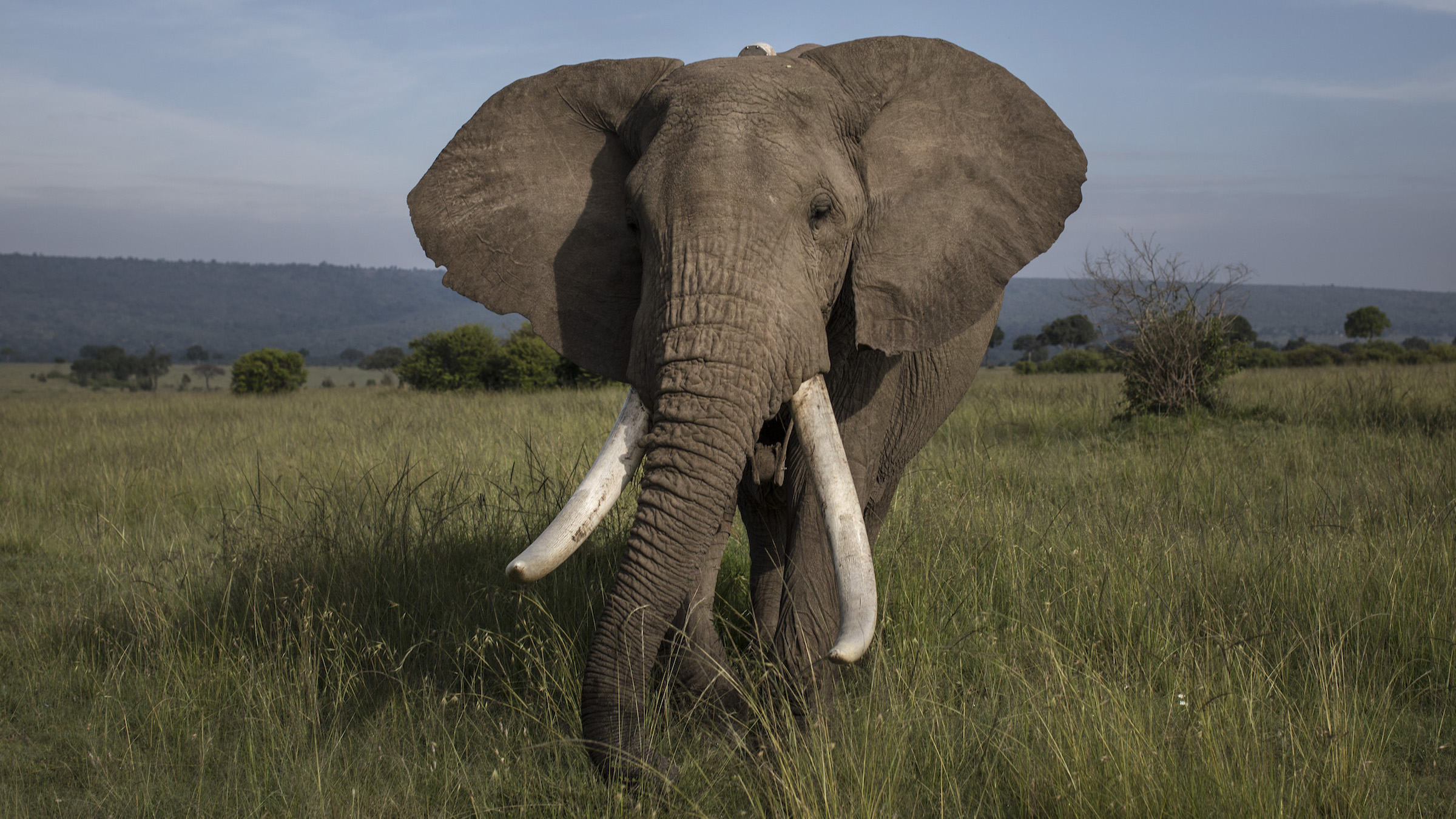
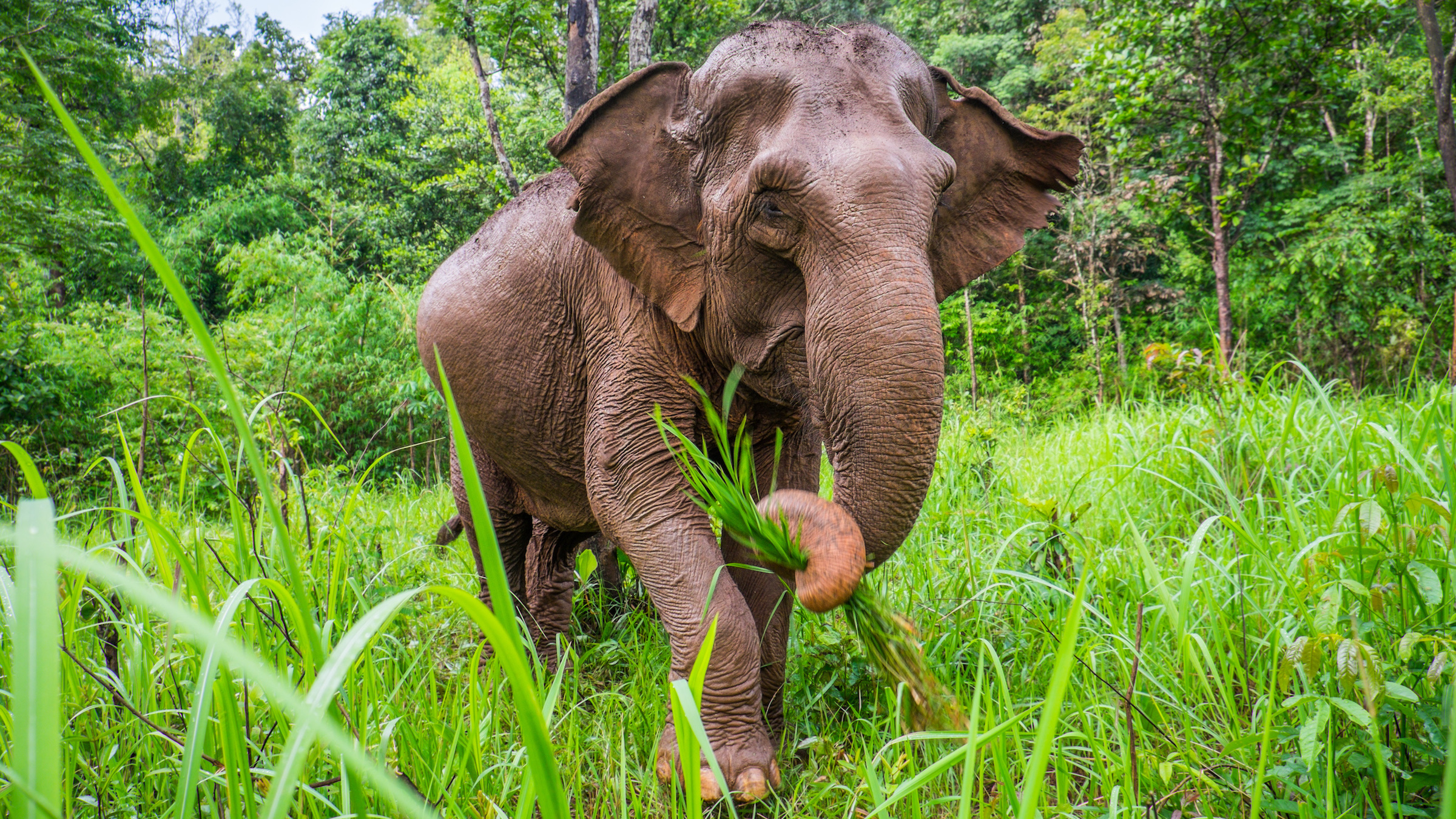
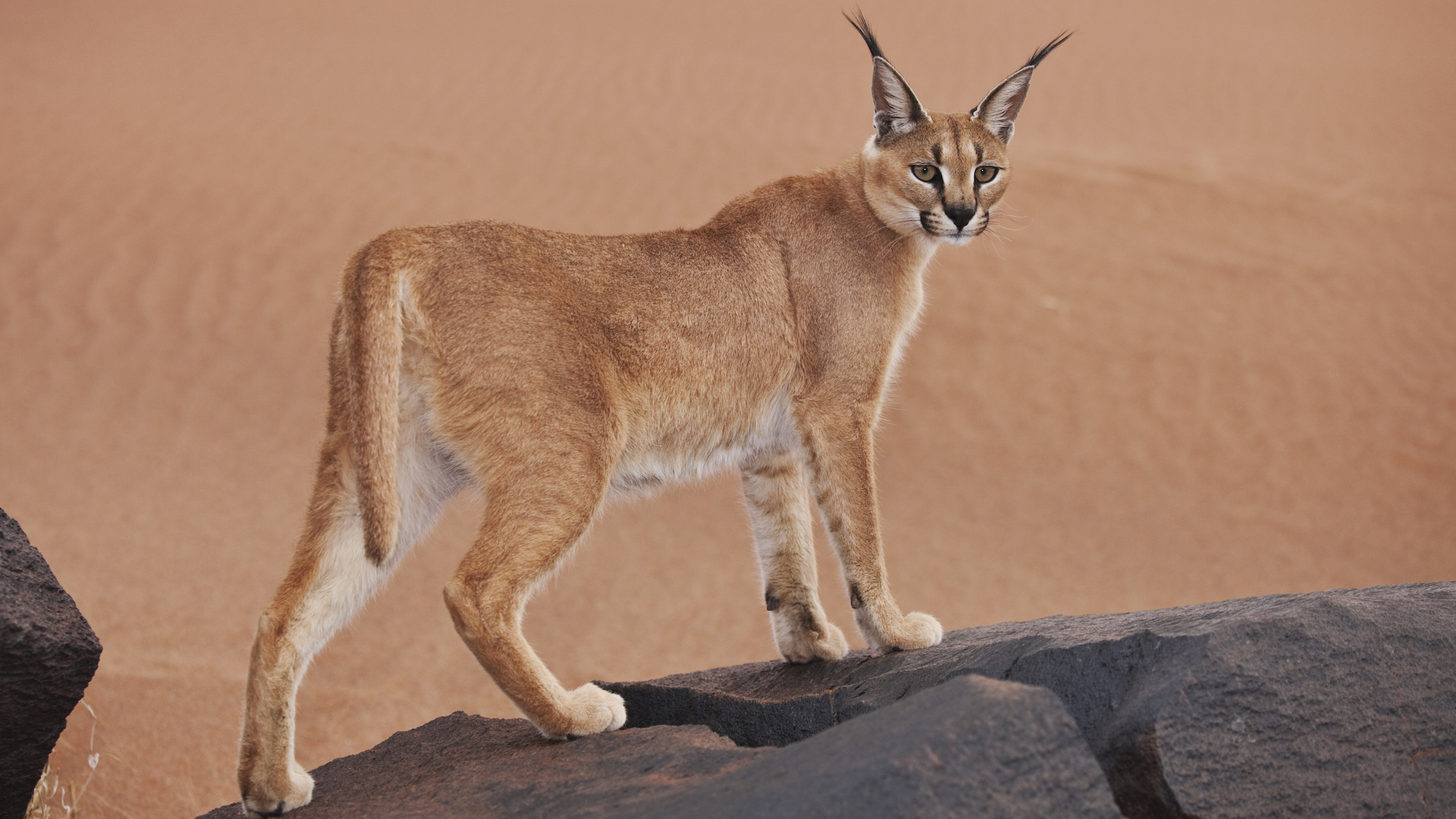

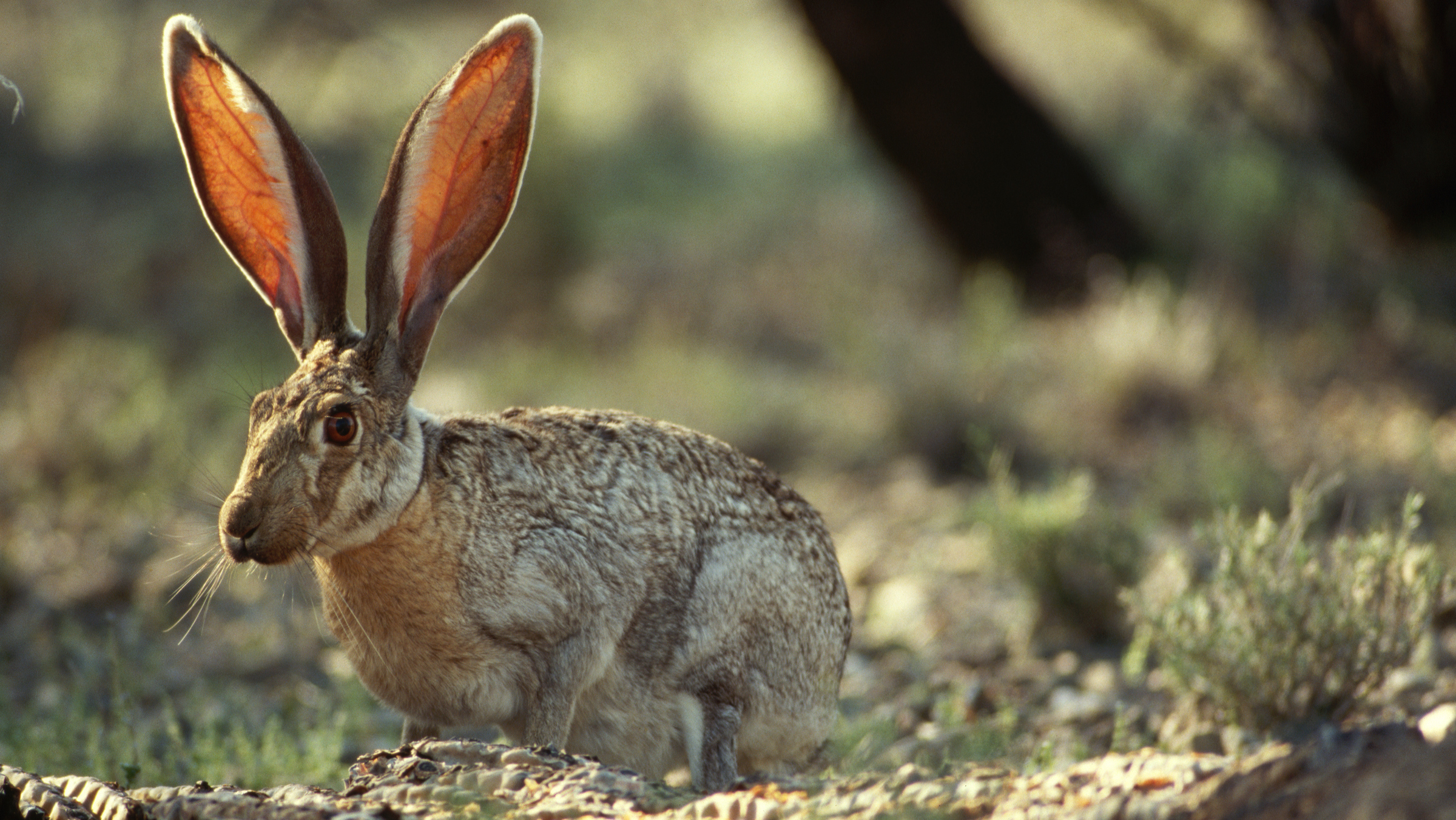
Why such big ears? Large ears help the long-eared jerboa and other mammals living in hot, dry environments get rid of excess heat. "African elephants, fennec foxes, long-eared jerboas — they are able to thermoregulate by having rapid heat loss through the very highly vascularized ears," Holden said. These animals' ears are large and thin, and they house many tiny blood vessels, she said. While circulating through the ears, the blood releases heat into the air, thereby helping the animal cool off.
When the animal is hot, the blood vessels in its ears expand to release even more heat, Holden said. At night, or whenever it's cold, the animals' blood vessels constrict to help keep them warm.
Get the world’s most fascinating discoveries delivered straight to your inbox.
"I think most people agree [that large ears] are generally correlated with warmer environments," Holden said. "And if you look at African and Asian elephants, African elephant ears are much larger than Asian elephant ears, because African elephants inhabit a hotter climate." Asian elephants' ears, measuring about 1.6 feet (0.5 m) long, make up only about 8% of their body length.
As far as heat dissipation strategies go, using ears to cool off is a good adaptation to desert life. It serves as an alternative to sweating, allowing desert creatures to conserve water in an environment where that resource is scarce, according to Holden.
Large ears may also help the long-eared jerboa detect the low-frequency sounds coming from its insect prey and its predators, Holden said.
Originally published on Live Science.

Ashley P. Taylor is a writer based in Brooklyn, New York. As a science writer, she focuses on molecular biology and health, though she enjoys learning about experiments of all kinds. Ashley's work has appeared in Live Science, The New York Times blogs, The Scientist, Yale Medicine and PopularMechanics.com. Ashley studied biology at Oberlin College, worked in several labs and earned a master's degree in science journalism from New York University's Science, Health and Environmental Reporting Program.

